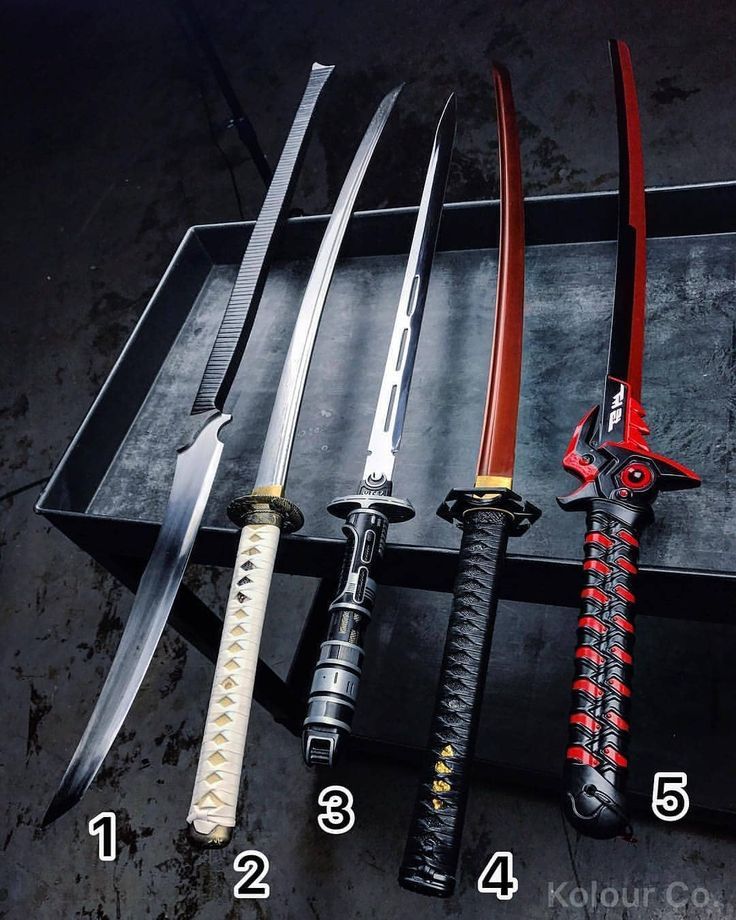The japanese katana sword is a beautiful and elegant weapon that was used by samurai warriors during feudal Japan (from the Heian period (794 to 1185 AD) up to the end of the Edo period (1603-1868). The katana was an effective weapon for close-quarters combat, but was also seen as a work of art and symbol of the samurai’s honor. It is an excellent example of the Japanese art form called imai, which blends function and aesthetic into a seamless whole.
The katana is traditionally made from tamahagane, a specialized steel produced by traditional smelting of iron sand and charcoal in a clay tatara furnace. The process is labor intensive and requires a great deal of skill. Forging the metal into a blade takes months and can cost thousands of dollars. Swordsmiths are often alchemists who know how to mix the right amounts of iron and carbon to achieve the desired result. They also understand the physics of sword making, and can balance the elasticity of the steel with its strength. In addition to the technical aspect of forging, there is a spiritual element involved as the swordsmiths would say a prayer before starting each piece of steel. This shows the importance that swordsmiths gave to their trade and the spirit of the sword they were making.
A key feature of a katana is the blade shape, or geometry, which gives it its distinctive curve and allows it to be used for both cutting and thrusting. The curved shape was designed to facilitate the quick draw and strike needed in close-combat, where victory could depend on quick response time. The curved blade is single-edged and positioned with its edge facing upward when worn. This allowed a samurai to draw the sword and then cut or thrust with a single movement.
There are many variations on the katana blade shape, but some of the most common ones include shinogi-zukuri, shobu-zukuri, and kissaki-moroha-zukuri. Shinogi-zukuri is the most commonly used katana blade and provides speed and cutting power, with a distinct yokote, or line, that separates the main part of the blade from its pointed tip. Shobu-zukuri, on the other hand, has no yokote and is more symmetrical in its overall shape. Kissaki-moroha-zukuri has one curved and one straight edge and is often considered to be the ultimate in beauty for a katana blade.
The katana was often paired with a tsuba, a guard for the handle that is usually made of iron or bronze and adorned with a design representing the clan or dynasty that created it. It is often also paired with a scabbard, or saya, which protects the sword from damage and provides a means to attach it to a belt. The scabbard would be made of wood or leather and often decorated with designs to represent the samurai. The katana and its accessories were not only functional weapons for samurai, but also symbols of their pride, honor, and commitment to their country. They were a way of life for those who carried them. Production of the katana slowed to a crawl after World War II, but today the sword has experienced somewhat of a revival and is once again being produced both in Japan and elsewhere in the world.Best Katana

